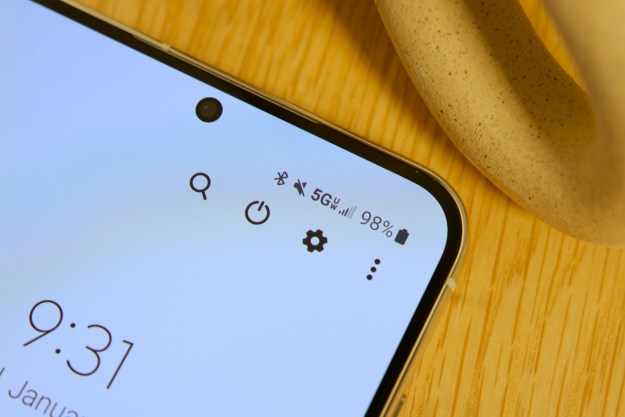
Sprint made a similar announcement, with the debut of its “Massive MIMO” base station, featuring 128 antennas that can send radio beams to specific customers’ phones. So could this be the beginning of 5G?
While it’s technically not the same technology, it’ll certainly be getting speeds up to comparable levels. In the case of T-Mobile, the Un-carrier has been setting up a national 4G network using Ericsson’s Antenna-Integrated Radio (AIR), 4×4 Multiple-Input Multiple-Output (MIMO), and 256 and 64 Quadrature Amplitude Modulation (QAM). T-Mobile also boasts 700MHz tuning and optimization thanks to Ericsson.
This technology, combined with carrier aggregation, will allow T-Mobile to give customers gigabit speeds. And when paired with T-Mobile’s recently announced LTE-U capabilities, customers could be in for speeds of up to 1Gbps.
“T-Mobile’s LTE network is the most advanced in the U.S., and we’ll continue to deploy the latest, global-leading technologies that will create the foundation of a powerful 5G network built for mobility,” said T-Mobile CTO Neville Ray. “We work closely with strategic partners like Ericsson to deliver the most advanced technologies that enhance our customers’ experience.”
Of course, while both T-Mobile and Sprint are excited about how well this new technology could set the stage for 5G, they’re pretty clear that this is not the real thing. As Sprint CTO John Saw noted, “We’re not the marketing department … I think that the gigabit LTE path that we’re on is our path to
Regardless, it seems that in 2017, you can look forward to much faster connections on your smartphone.
Editors' Recommendations
- 5G home internet: What is it, and should you get it?
- Were you affected by the AT&T outage? You may get some free money
- T-Mobile just set another 5G speed record
- T-Mobile’s huge lead in 5G speeds isn’t going anywhere
- The 5G speed race is over and T-Mobile has won


